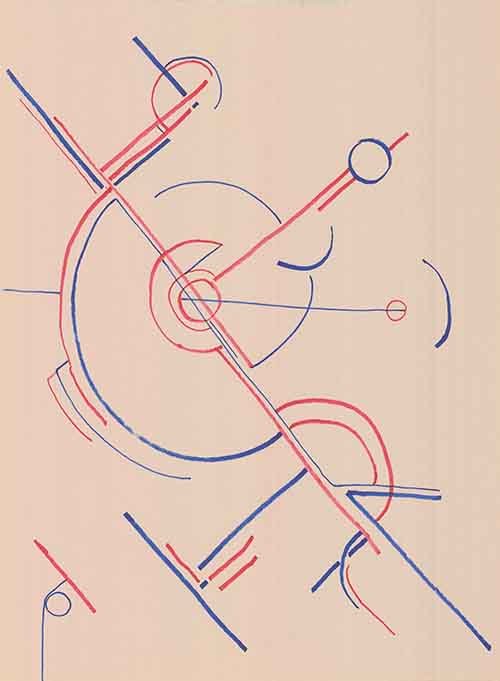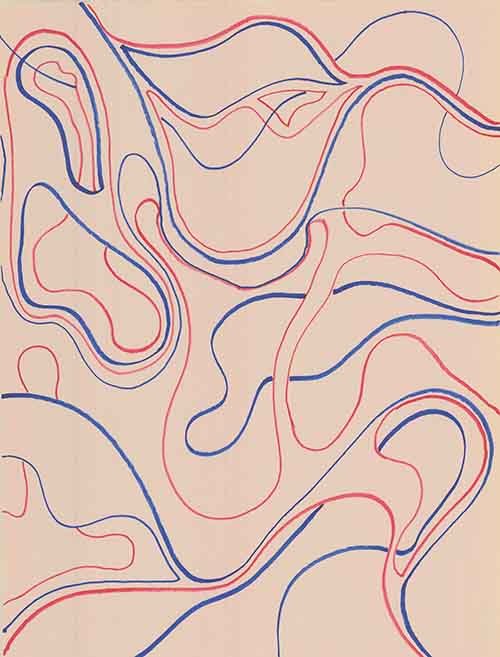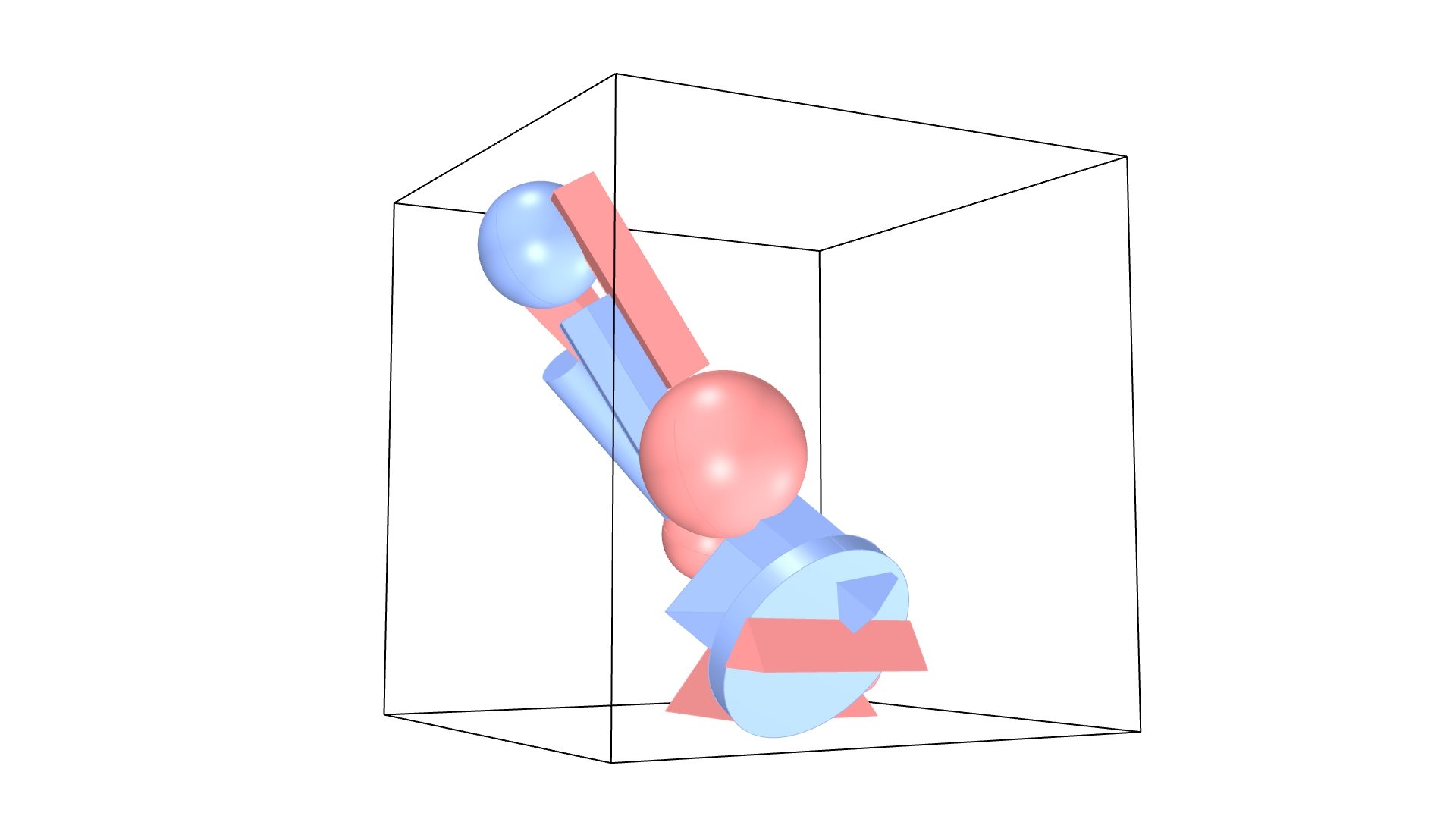For the seminar Computational Design an analog drawing game was digitized, translated into 3D, and implemented in a Grasshopper/Rhino user interface for both human and computer players. In the originial game, two players take turns making single, continuous marks with differently colored pens. There is no winner and the goal is simply to collaboratively produce an interesting composition. The digitized version of the game explored what makes an abstract drawing “interesting”, and if such interest can be artificially reproduced using simple rules. A 3D version was subsequently explored that adapted the principles of the 2D game to the composition of prismatic solids.
Drift Draft
ITECH Seminar Project
Universität Stuttgart | Winter 2020-2021
Teammates: Maria Radulescu, Michael Tucker
Tutor: Tobias Schwinn
Random: chooses an arbitrary shape, size and location.
Copycat: duplicates the previous move.
Diva: sticks to one shape and size.
Mies: only places orthogonal boxes.
Grower: pushes the composition in a consistent direction.
Balance: attempts to keep the composition centered.
Computer Player “Personalities”
In the 3D game, “turns” are played by selecting a shape, choosing a location, orientation and scale, and confirming the selection. Temporary geometry is automatically baked and deleted in the Rhino viewport in order to assist human players.
An unlimited number of human or “AI” players can be included in the 3D game. Each computer player can have a pre-selected or random “personality” that influences the actions that it takes.
Results: human + “Copycat”
Results: Random + “Copycat”
Results: “Mies” + “Diva” + “Grower”
human + computer
computer + computer
human + computer
computer + computer


















